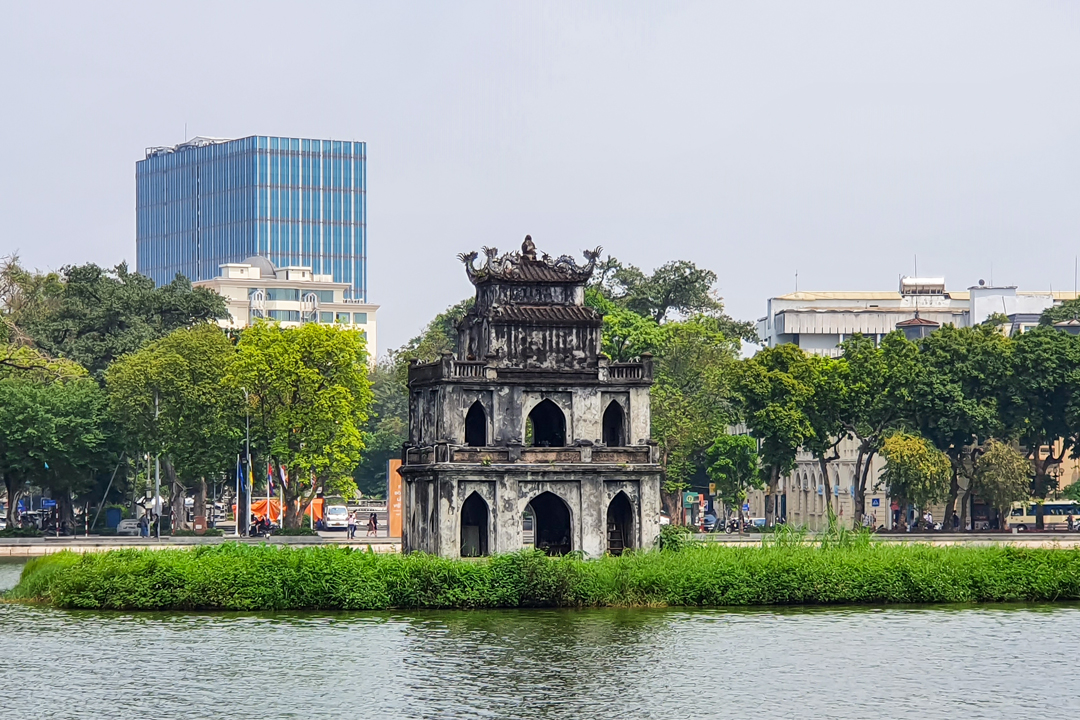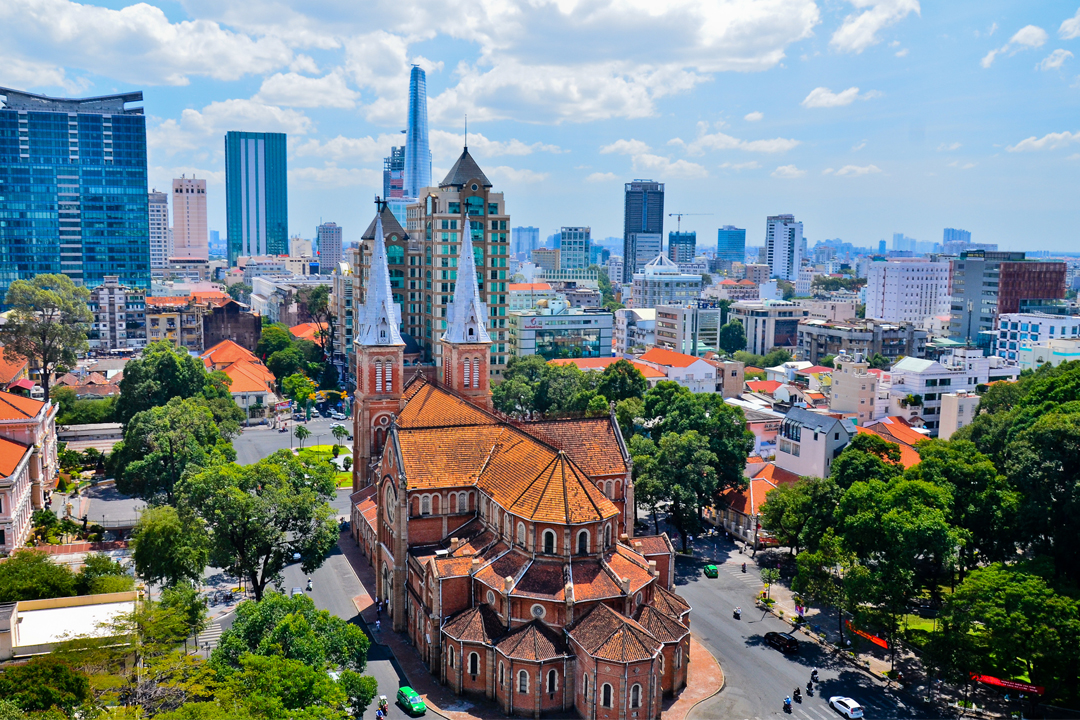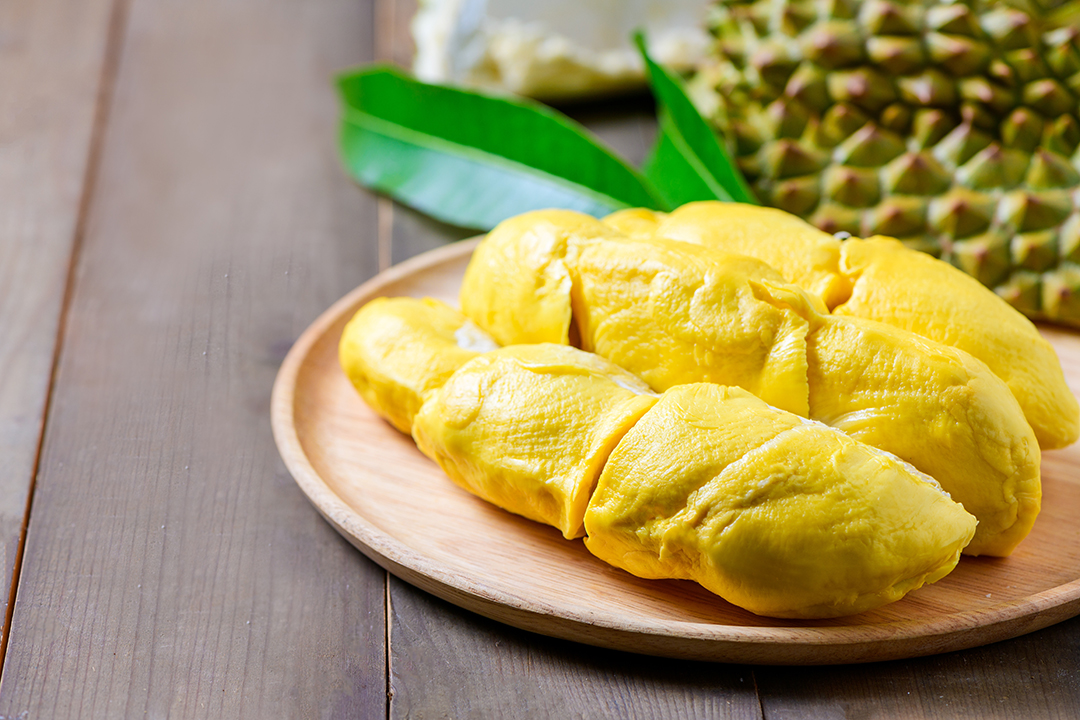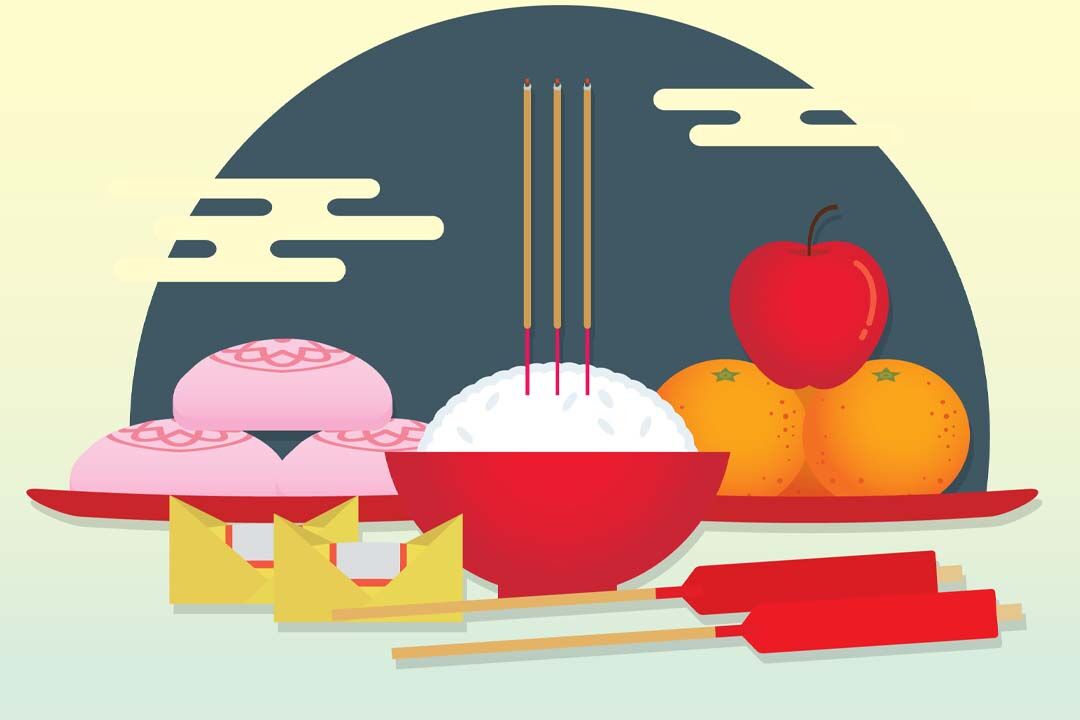Jun - 08 - 2023
The La Chi ethnic community's unique identity is known as Khu Cu Te Festival - July New Year. This festival is also known as the "July Festival" or "July drinking festival" of the La Chi people.
Introduction to Khu Cu Te Festival
On the occasion of July (lunar calendar), the weather is cool, farmers' work is less busy, and village leaders often join together to arrange Tet Khu Cu Te to celebrate ancestors, pray for the village, happy family, lush rice plants, and bountiful crops. At the same time, teach their children and grandchildren their country's worship hymns.
The July New Year "Khu Cu Te" is also known as the La Chi people's July drinking festival (the festival of Khu Cu Te). This is a highly important Tet holiday in the La Chi community's cultural and religious life. While speaking to the La Chi ethnic group's New Year, one immediately thinks of the La Chi people, and vice versa, while talking about the La Chi people, it is hard not to mention the New Year of Khu Cu Te.
The length of each village's Tet celebration is chosen by the local elder's council and village head, but it must not be longer than 15 days. The Tet holiday in Khu Cu Te of the La Chi people in Ha Giang, with historical and cultural characteristics, has been added to the Ministry of Culture, Sports, and Tourism's List of National Intangible Cultural Heritage.
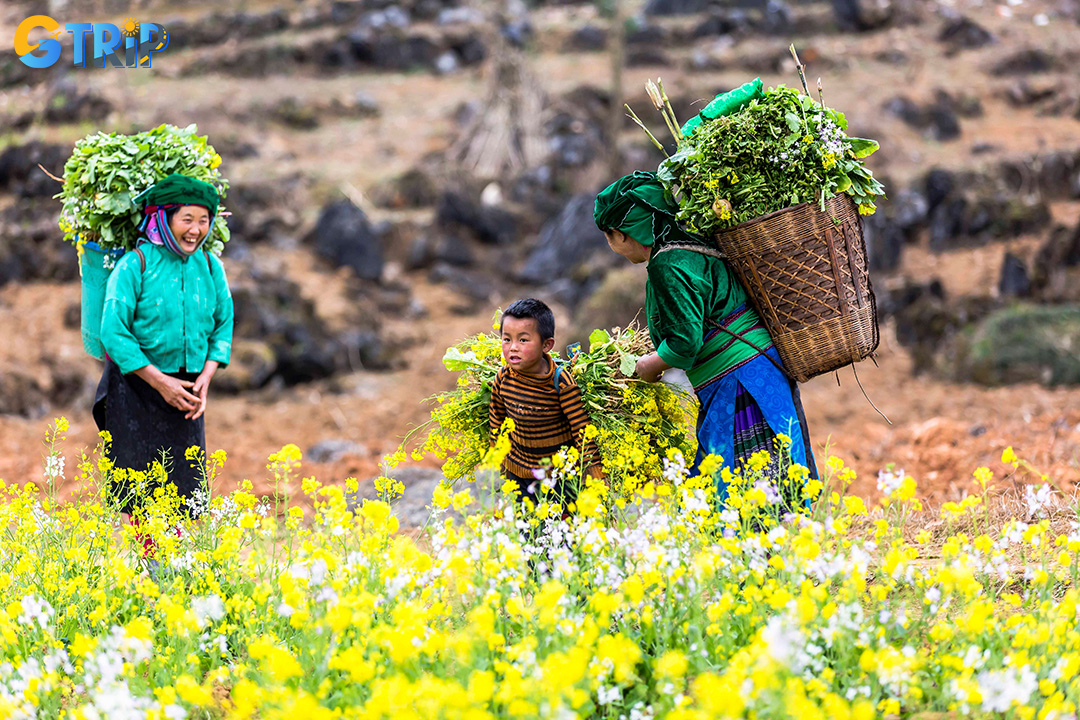
Khu Cu Te Festival
Main activities in Khu Cu Te Festival
The La Chi are primarily found in Ha Giang province's Hoang Su Phi and Xi Man districts, as well as Lao Cai province's Muong Khuong and Bac Ha districts. According to a 2009 census, there are 13,158 La Chi people in Vietnam, who live in 38 provinces and towns around the country, primarily in Hanoi.
The heads of the villages, the village elders' council (including the patriarchs of the Vuong, Long, Lu, and Nong clans) gather at the village elder's house near the July New Year to choose a good day, a beautiful day by calculating the twelve zodiac animals and watching chicken feet for the village to celebrate Tet. After selecting an auspicious day, the village elder would assign the responsibility of “sú vé” who is the village elders council's helper, to inform the families in the village that this year's Tet will begin and end on this date.
Tet is usually celebrated by the La Chi people from July 1 to July 15. The tribes in the village began to buzz with the mood of buffalo slaughter on the second day of July to celebrate Tet. This is a long-standing practice because there is never a lack of buffalo meat during the La Chi people's July New Year. Traditionally, buffalo slain at the July New Year were usually the village's buffalo, which were acquired by village households and then assigned to a few village families to be responsible for breeding buffalo. After the buffalo slaughter, all families gather at the patriarch's house for a Tet celebration.

Khu Cu Te Festival
After the children and grandchildren arrived, the family's head removed the drum, the gong hanging near the ancestral altar, and the bamboo basket hanging on the ancestral altar. They then lined the bottom with banana leaves and topped it with another piece of banana leaf. On New Year's Day, the patriarchs must all create "roe" wine, which is a traditional La Chi wine that is only made during the holidays. Deer wine is poured into buffalo horns in order for the family head to make offerings.
After preparing, the patriarch wears traditional clothing, carrying a buffalo horn in one hand and a string hanging from a ginger root in the other, and then mumbles offerings to the three ancestors to celebrate the New Year in July with their descendants. He took the cup and drank all the wine to reason when the invitation was over, and then continued to summon others. Drums and gongs appeared buzzing after the worshiping service during the Tet celebration days.
According to the La Chi people's theory, after the clans in the village had the worshiping ritual the day before, on the second day, the chiefs of the clans in the village assembled at the village elder's house to organize the village's communal worshiping ceremony. To make offerings, the chief of each clan will bring a buffalo horn, a bamboo basket, a bottle of wine, and some buffalo meat. When the patriarchs arrived in huge numbers, they sent servants to lower the drums and gongs to hang near the altar where the worshiping rite would take place.
The worshiping ceremony takes place in the middle, under the ancestral altar of the village elder's house. The shamans in the village elders council, usually 7 people are elected by the village through the form of divination chicken feet. Seven people in the village elders' council are the ones in charge of different parts of the worshiping ceremony. After the preparation is complete, the "pusher" is the person who knocks the drums, knocking the gongs to signal the start of the worshiping ceremony, the people in the village elders' council sit around in a circle in front of the ancestral altar of the village elders to make offerings.

Khu Cu Te Festival
When conducting the ceremony, people must dress correctly according to traditional norms, hold a basket with some buffalo meat in front of them, one hand clutching a buffalo horn, and one hand holding a thread dangling ginger root. The village elder is the first to worship, and he reports to the La Chi people's ancestors as well as the ancestors of three generations or less. Following that, additional shamans on the village elders' council summoned the gods who control and govern plant kinds, cattle, forest gods, and so on to join the locals in celebrating Tet. Everyone ate and drank happily after the ceremony.
On the "Rooster" day of the month, the descendants of the La Chi people congregate in great numbers on the "cu cu ta" house built by the villagers in the center of the village as a place to host the worshiping ceremony and communal fun. The house is built in the style of a stilt house, and it serves as a sacred meeting place for gods and ancestors during Tet festivals. The worshiping ceremony is somber and follows old customs, with drums and gongs occasionally emerging. The elders in the village elders' council will sit on the "cu cu ta" house, display baskets, trays, and wine to see off the ancestors of the La Chi people and the ancestors of three generations back to the place to live and do business then bless the villagers with a warm, peaceful life and good crops.
Every year in the 7th lunar month, Khu Cu Te Festival is regarded a noteworthy event that draws the attention of many people and visitors. This is a fantastic opportunity to get involved, learn about the distinctive local culture and history, and take part in significant traditional activities. Furthermore, you can combine Ha Giang tours to see more magnificent scenery as well as the people and cuisine that are unique to this Northwest area.
>>> Read more:

